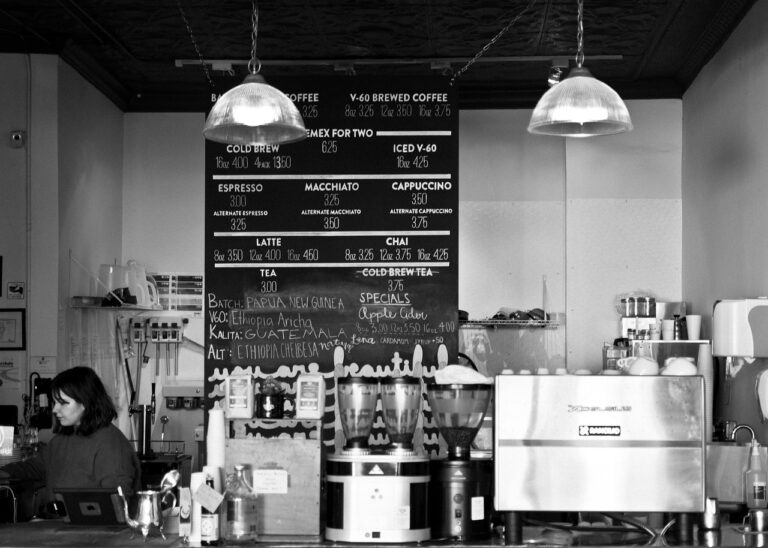The Impact of COVID-19 on the Future of Retail
The COVID-19 pandemic has presented retailers with unprecedented challenges. With the implementation of lockdowns and social distancing measures, foot traffic in physical stores significantly decreased, leading to a sharp decline in sales. Many retailers had to adapt quickly to the changing circumstances by shifting their focus towards online sales and curbside pickup options. This abrupt transition posed logistical challenges, as not all businesses were equipped to handle the surge in online orders and fulfilment demands. As a result, inventory management and supply chain disruptions became major hurdles for retailers to overcome.
Furthermore, the uncertainty brought about by the pandemic also impacted consumer behavior. With job losses and economic instability, consumers became more cautious with their spending, resulting in lower overall demand for non-essential goods. This shift in consumer sentiment forced retailers to rethink their product offerings and marketing strategies to align with the changing needs and priorities of their customer base. Additionally, the health and safety concerns of both customers and employees added another layer of complexity for retailers to address, as ensuring a safe shopping environment became a top priority to build trust and loyalty among consumers.
Shift towards E-commerce and Online Shopping
The global pandemic has accelerated the shift towards e-commerce and online shopping. With physical stores facing closures and restrictions, consumers increasingly turned to digital platforms to fulfill their shopping needs. This surge in online shopping required retailers to quickly adapt their strategies and invest in robust e-commerce solutions to meet the growing demand.
Online shopping offers convenience, safety, and a wide range of choices for consumers. The ease of browsing products, making purchases from the comfort of home, and having items delivered right to their doorstep has become increasingly appealing to shoppers. As a result, retailers have been compelled to enhance their online presence, improve user experience on their websites, and streamline their logistics to keep up with the shift towards e-commerce.
Adoption of Contactless Payment Systems
As the world rapidly shifted towards contactless solutions during the pandemic, the adoption of contactless payment systems by retailers saw a significant surge. This transition was largely driven by the need to minimize physical contact and promote safety measures among consumers and staff.
Retailers swiftly realized the benefits of contactless payment systems, not only in terms of hygiene but also in enhancing the overall customer experience. With the convenience of tapping a card or a mobile device, transactions became quicker and more efficient, leading to reduced queuing times and improved operational efficiency.
Why are retailers facing challenges during the pandemic?
Retailers are facing challenges during the pandemic due to restrictions on in-person shopping, reduced foot traffic in stores, and changing consumer behaviors.
How has the pandemic influenced the shift towards e-commerce and online shopping?
The pandemic has accelerated the shift towards e-commerce and online shopping as consumers seek safer and more convenient ways to make purchases.
What are contactless payment systems?
Contactless payment systems allow consumers to make payments by simply tapping their cards or mobile devices on a payment terminal, without the need to physically insert or swipe a card.
Why are retailers adopting contactless payment systems?
Retailers are adopting contactless payment systems to provide a safer and more hygienic payment option for customers, as well as to streamline the checkout process and improve overall customer experience.







